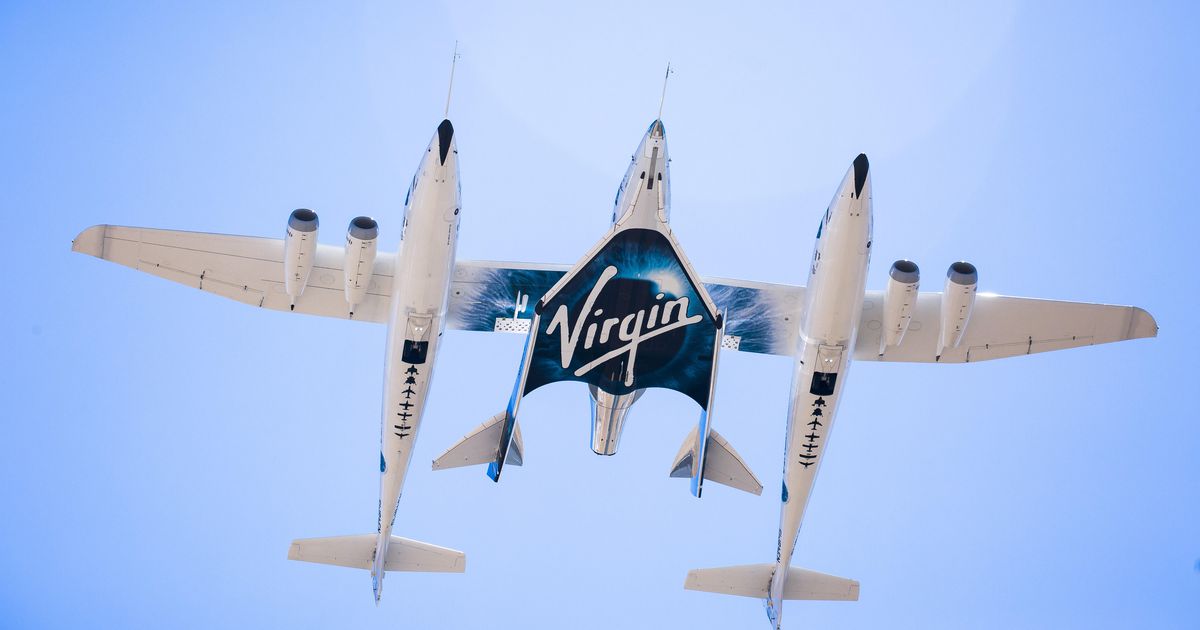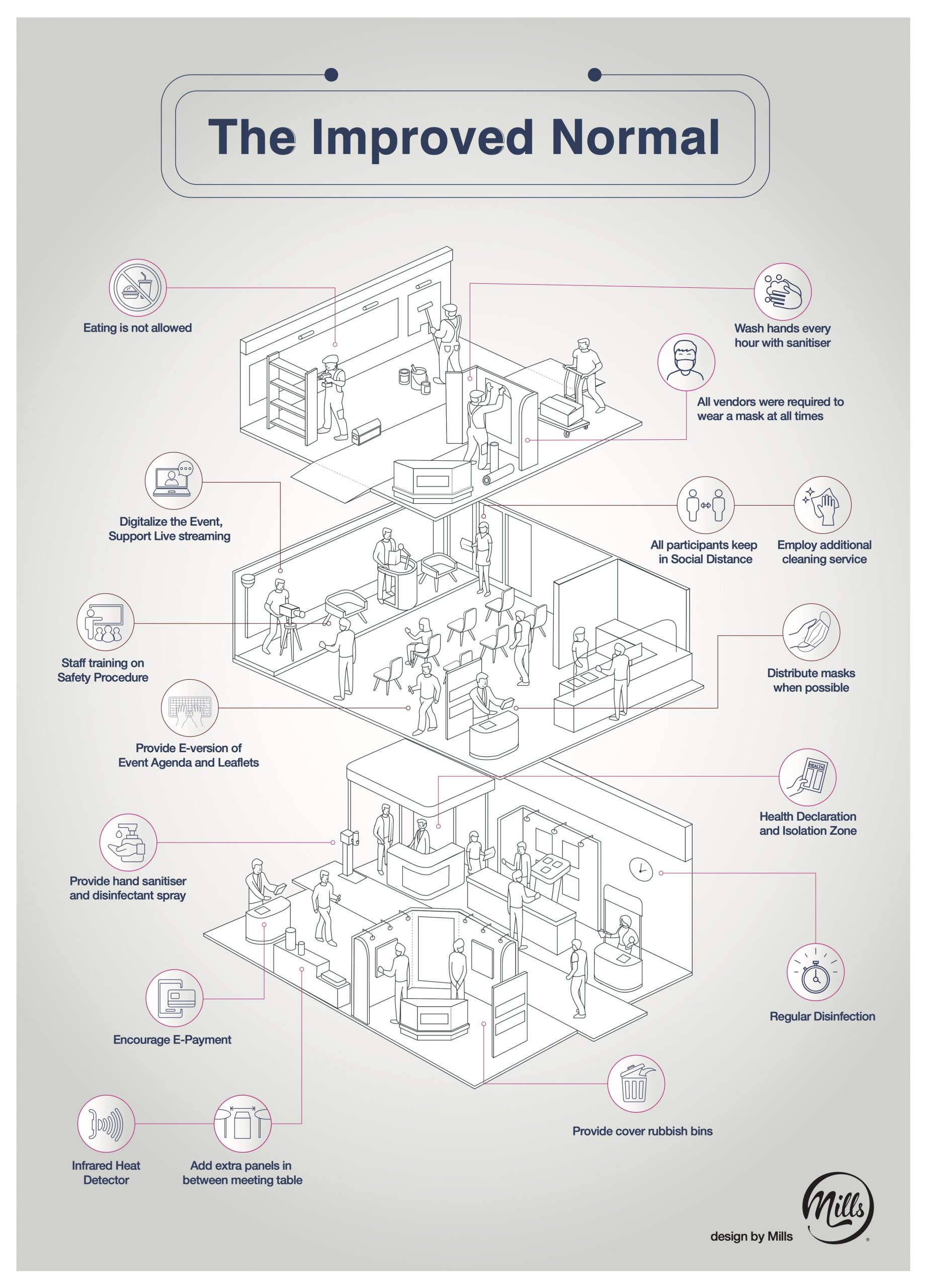Descending into the bowels of the earth for a cocktail reception, dinner or business incentive might seem slightly incongruous, but put aside any thought of cold, damp, claustrophobic spaces as we offer up a selection of tunnels, caves and cavernous spaces from around the world that make going underground an enlightening experience.
1. BLUEGRASS UNDERGROUND
Cumberland Caverns, McMinnville, Tennessee, USA

Photo credit: Collin Peterson
WHERE IS IT? Cumberland Caverns is located in the heart of Tennessee between Nashville, Chattanooga and Gatlinburg.
WHAT MAKES IT SPECIAL? This is the largest show cave in Tennessee. It has a length spanning more than 44 kilometres and is a US national natural landmark.
WHAT CAN GROUPS DO THERE? Groups can see and hear “Bluegrass Underground”, a music concert held monthly in the Volcano Room of Cumberland Caverns. It is recorded live and aired over PBS (public television).
The Volcano Room, which has a seating capacity of 500 people, is a subterranean amphitheatre 333 feet (101 metres) underground. The acoustic properties of this space are singular: sound only resonates at two frequencies here, so experiencing live music in the Volcano Room is akin to attending a concert inside a recording studio.
Walking tours of the Cumberland Caverns are also offered year-round. For companies looking for an unusual dinner venue, the caverns’ Underground Ballroom can be booked for exclusive events. A tour, meal, sound system and slide projector are provided.
BEST TIME TO VISIT: Cumberland Caverns is open all year round.
GROUP SIZE: For those watching Bluegrass Underground, groups of 10 or more get 20 per cent off the price of the show ticket. For corporate events, the Underground Ballroom can hold up to 400 people. For group tours, a minimum of 20 people up to a maximum of 60 people is required.
CONTACT: www.bluegrassunderground.com or www.cumberlandcaverns.com
2. KOREA DMZ TOUR
South Korea

WHERE IS IT? Stretching over two kilometres on either side of the Korean Peninsula, the Demilitarised Zone (DMZ) has cut the region in half for more than 50 years.
WHAT MAKES IT SPECIAL? Decades after the end of the Korean War in 1953, this heavily guarded zone has become a popular destination as one of the last relics of the Cold War. Itineraries differ, but most tours will take visitors to an observatory, one of North Korea’s infiltration tunnels, a military base, and right into Panmunjeom, the Joint Security Area in the middle of the DMZ where negotiations between the two sides are held.
WHAT CAN GROUPS DO THERE? One itinerary involves a visit to Imjingak, a park overlooking the Imjingang River that once served as a place of refuge. Major landmarks include an altar where families originally from the North come to perform ancestral rites (usually performed in one’s ancestral hometown) on Korean holidays, an observatory and Freedom Bridge, the hastily constructed bridge where some 130,000 South Korean and Allied POWs crossed to return home at the end of the Korean War.
Groups are taken by bus from Imjinghak to the famed third tunnel, which was discovered in 1978. The tunnel was excavated 73 metres beneath the ground by North Korea in a bid to infiltrate its neighbour. Supplied with hard hats for safety, you enter via an underground railroad. Stopping somewhere in the middle of the tunnel, you walk carefully through the narrow passage – crouching most of the way – until you reach the place where the South Koreans blocked the tunnel, which is several metres before the border. Once the group returns to the surface, you can view the North Korean military personnel from the platform of the nearby Dorasan Observatory.
The tour, which includes a visit to Imjingak, Dorasan Observatory and the third tunnel, takes 2.5 hours.
BEST TIME TO VISIT: Guided tours can be arranged every day of the week except Mondays and public holidays.
GROUP SIZE: 30 persons.
CONTACT: www.visitkorea.or.kr
3. LOCKPORT CAVE & UNDERGROUND BOAT RIDE
Lockport, New York State, USA

WHERE IS IT? Along the Erie Canal about 30 minutes’ drive from Niagara Falls (via Route 31 East).
WHAT MAKES IT SPECIAL? Journey through America’s past, exploring the historic Erie Canal Locks 67-71, constructed in 1838.
WHAT CAN GROUPS DO THERE? Groups can view ruins from an earlier industrial age, walk safely through a water tunnel that was blasted out of solid rock in the 1850s, view stalactites, flow stones, various other geological formations and artefacts left behind by the men who built the tunnel in the early days of the Erie Canal. The 70-minute guided tour includes a one-of-a-kind underground boat ride.
BEST TIME TO VISIT: Tours run from spring to autumn. Hours of operation vary depending on the season.
GROUP SIZE: Reservations are required for groups of 10 or more. Group rates are available for 20 or more people.
CONTACT: www.lockportcave.com
4. BASILICA CISTERN
Istanbul, Turkey
 WHERE IS IT? The largest of hundreds of historic cisterns in Istanbul, Yerebatan Sarayi (Turkish for “sunken palace”) lies 152.4 metres below the fabled city once known as Constantinople. Dating back to the sixth century during the reign of Byzantine Emperor Justinian I, it served as a water filtration system for the Grand Palace and other important buildings in the area, and provided water to the iconic Topkapi Palace after the Ottoman conquest in 1453.
WHERE IS IT? The largest of hundreds of historic cisterns in Istanbul, Yerebatan Sarayi (Turkish for “sunken palace”) lies 152.4 metres below the fabled city once known as Constantinople. Dating back to the sixth century during the reign of Byzantine Emperor Justinian I, it served as a water filtration system for the Grand Palace and other important buildings in the area, and provided water to the iconic Topkapi Palace after the Ottoman conquest in 1453.
It is capable of storing 100,000 tonnes of water, but today is virtually empty except for a few feet of water lining the bottom. The obvious high water level markings on the plaster walls show how full it could become in centuries past.
WHAT MAKES IT SPECIAL? The highlights are the 336 marble columns – each nine metres high – supporting the ceiling, constructed mainly in the Ionic and Corinthian styles. Between 1985 and 1988, the Istanbul municipality cleaned and restored these beautiful relics, building a wooden walkway between the pillars. The Basilica Cistern famously featured in the 1963 James Bond classic From Russia with Love.
WHAT CAN GROUPS DO THERE? The evening starts with an atmospheric light and sound show, followed by a one-hour cocktail reception and then dinner. On the menu are dishes from the Ottoman era, complemented by free flow of alcoholic drinks and other beverages. A Whirling Dervish performance and belly dancing round off an unforgettable night.
BEST TIME TO VISIT: The months of April, May, September and October are best for a sojourn to Istanbul.
GROUP SIZE: A maximum of 180 guests for dinner and 220 for cocktails. An ideal number would be 120 to 140 persons, leaving enough room for a stage for the performers. Costs range from about US$400 to $500 per person and include rental of the cistern, the entertainment and dinner menu, plus flowers and other decorative elements.
CONTACT: www.seasong.com
5. MALINTA TUNNEL
Corregidor Island, The Philippines

WHERE IS IT? This small, rocky island is strategically located at the entrance to Manila Bay, southwestern Luzon. Three morning ferries sail there every day, operated by Sun Cruises from the SM Mall of Asia Jetty Port. A variety of tours with meals and guides are available from the ferry operator. Those wanting to stay overnight can book the 31-room hotel or one of several beach resort cottages.
WHAT MAKES IT SPECIAL? “The Rock” was the site of two costly sieges and pitched battles, the first in the early months of 1942 and the second, in January 1945, between the Japanese Imperial Army and US and Filipino troops. After the fall of Bataan to the invaders in April 1942, Corregidor became the last bastion of resistance and served as the base of the retreating Allied forces. The tenacious defence of Corregidor by determined American and Filipino soldiers was said to have halted the Japanese advance on Australia and allowed General Douglas MacArthur (and Philippine president Manuel L Quezon) to escape and regroup, and ultimately return in 1945 to liberate the country.
The Malinta Tunnel, from the Tagalog phrase “full of leeches”, served as MacArthur’s USAFFE (US Armed Forces in the Far East) base, with a 1,000-bed hospital as well as shops and a vast labyrinth of storage spaces.
WHAT CAN GROUPS DO THERE? Besides exploring the various arteries of the tunnel open to the public with a guide, you can view a 30-minute light and sound show enhancing a diorama with life-sized statues of major players in the Corregidor drama, sculpted by Philippine National Artist Napoleon Abueva. This takes place during the day between 7am and 5pm with 10-minute intervals and costs PHP200 (US$4.90).
BEST TIME TO VISIT: Access to Corregidor Island is daily and year round, except when Typhoon Signal 1 is raised, when the ferry service automatically stops operating.
GROUP SIZE: Between 18 and 100 people are allowed to watch the show.
CONTACT: www.corregidorphilippines.com
6. IL BORRO RESORT, SPA AND WINERY
Tuscany, Italy

WHERE IS IT? Il Borro Estate, on which the 700-hectare complex is located, is bordered by the ancient Via dei Setteponti junction between Tuscany’s main towns of Florence, Arezzo and Sienna – a region rich in art and culture.
WHAT MAKES IT SPECIAL? The Estate revolves around the small medieval village that dates back to around 1039, perched on the craggy rocks of the borro or ravine. This was purchased by the Ferragamo family in the early 1990s and totally restored, along with the Manor House that had been destroyed during World War II.
WHAT CAN GROUPS DO THERE? Il Borro boasts an interesting underground cave. The cellar is a long tunnel connecting the 18th-century cellar to the new production area. As it is narrow, lined with barrels and slopes downhill, only wine and cheese tasting is permitted in the central area.
BEST TIME TO VISIT: May to September is the ideal period for a visit to the estate.
GROUP SIZE: For cocktails, 40 people can be accommodated easily; 60 is possible but it may be a tight fit.
CONTACT: www.ilborro.it
Gigi Onag and Margie T Logarta


